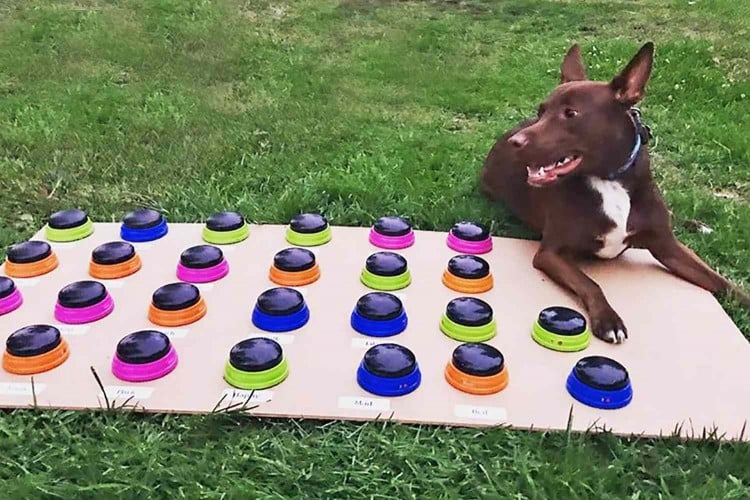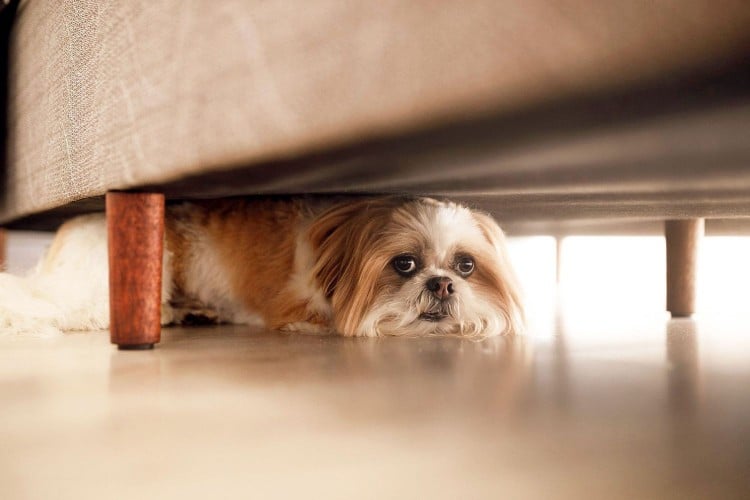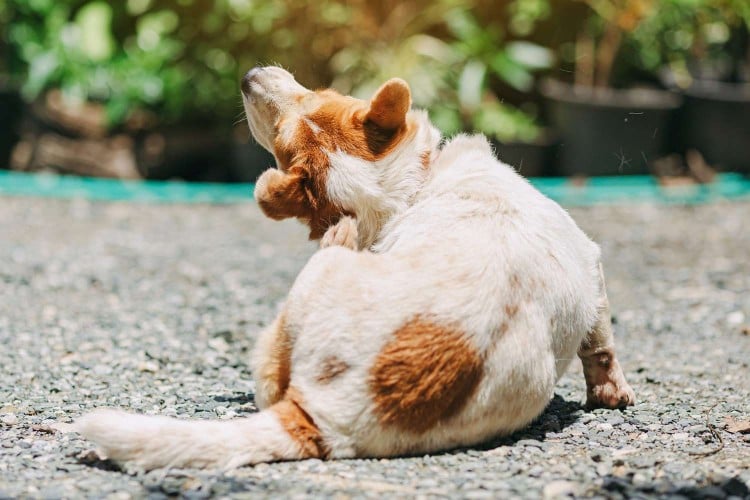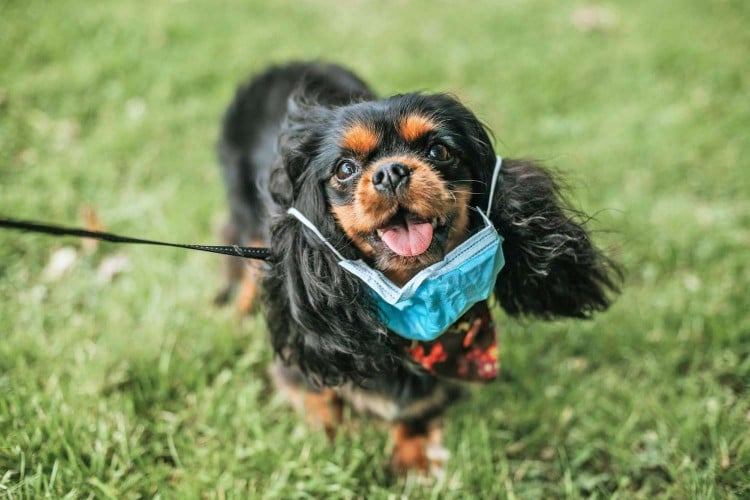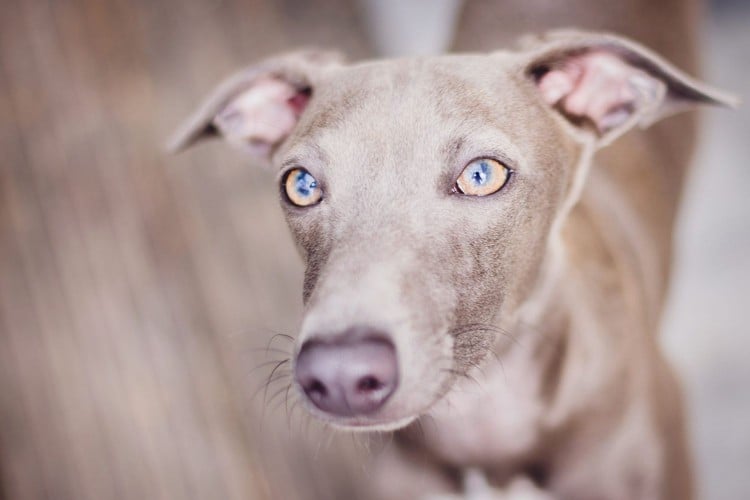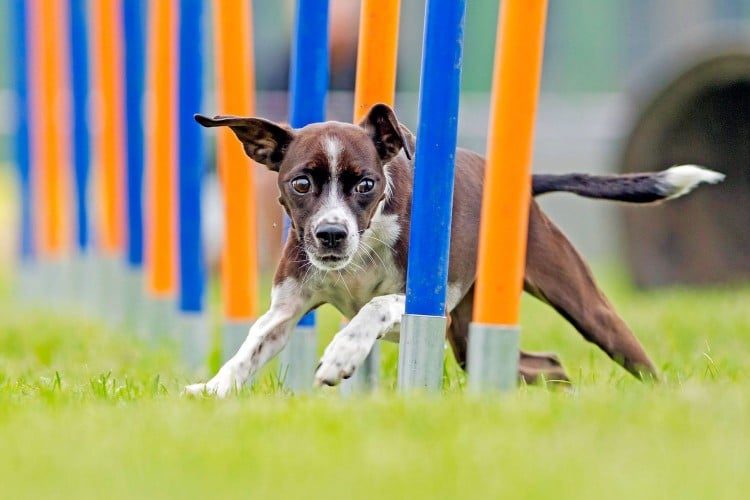
Seeing joy emblazoned on the faces of dogs racing around an agility course—leaping over obstacles, zooming through tunnels, and weaving through poles—is enough to make any pet parent curious about dog agility training.
What would it take to turn your four-legged friend into a canine athlete? Would your pup even like it? And would you? Read on to learn more about dog agility training and how to get started if you decide to try it with your pup.
What Is Dog Agility Training?
Dog agility training teaches your dog to run through obstacle courses. The challenge is to direct your pooch with voice and hand cues rather than a leash, says Andy Hartman, vice president and agility judge for the United States Dog Agility Association. Training involves encouraging your pooch to jump over hurdles, weave through a line of poles, and traverse ramps and see-saws. Canine athletes are timed for how fast they can successfully complete courses at competitions.
Why Dog Agility Training Is Good for Dogs
Like other canine sports, agility is good for dogs both physically and mentally. It provides exercise to keep dogs fit and feeling good. It also reduces behaviors related to boredom like barking, digging, and destroying stuff around the house.
"Boredom doesn't come only from a lack of physical exercise," Hartman says. "Dogs who spend their days at home with little enrichment act out because they need something to do. Working-dog breeds are particularly prone to more destructive behaviors when there's no outlet for their intelligence."
Dog agility training gives pups a mental workout because they have to learn new cues and how to maneuver through new obstacles courses. Those challenges keep their minds engaged. "Agility can be wonderful for older dogs too who may be moving at a slower pace, but still need enrichment to keep them mentally sharp," Hartman adds.
Besides the physical and mental benefits, dog agility training can also boost your pup's sociability. Going to practice and competitions provides plenty of opportunities for dogs to meet new people and pets. Because your dog gets lots of positive reinforcement at agility events, your pup may become more confident in new settings and with strangers, Hartman explains.
Best Agility Dog Breeds
Dog breeds commonly associated with being star agility athletes are herding breeds such as border collies and Shetland sheepdogs. But all dogs can enjoy the sport. "Dogs as diverse as Chihuahuas, Siberian huskies, miniature poodles, and mixed breeds compete in agility," Hartman reports. "In fact, many of the competitors are former rescue dogs."
In competitions, dogs are grouped by experience and height. So small dogs compete on lower jumps than large dogs. Senior dogs also have lower jumps.
Dog Agility Training Equipment
You can purchase dog agility equipment online, but it's relatively easy to create mock courses and obstacles at home. All you need are a few household items including:
- Large cardboard box
- Two buckets and a broom stick
- PVC pipe and some basic hardware
- Garden stakes
Learn how to turn these simple items into a DIY dog agility course with jumps, tunnels and weaving poles.
How to Get Started With Dog Agility
Before you start dog agility training, your pup should be crate trained, able to make eye contact with you, and know how to respond on cue to these requests:
Once your pup has nailed those fundamentals, you can see if your pooch likes agility training. Local pet fairs and expos often have rings where you can try out the agility equipment. A trainer helps you bring your dog through an easy obstacle course, says Hartman. You can also find a local dog agility training club and see if you can attend an introductory session or sign up for agility classes at a dog training facility.
"Agility training is an excellent way to build the bond between you and your dog," Hartman says. "You have to develop a clear line of communication with your dog in order to successfully navigate a course. You and your dog learn how to be in sync."

